Can I ask for a lead on the measuring probes-grippers from the project? Everything I can find at an acceptable price does not encourage me to plug into a live circuit.

Czy wolisz polską wersję strony elektroda?
Nie, dziękuję Przekieruj mnie tamfutek2 wrote:smart was missingThese two transformers in brown brine
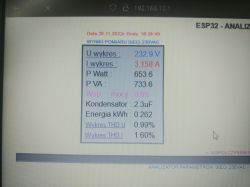
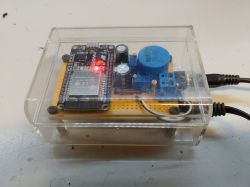
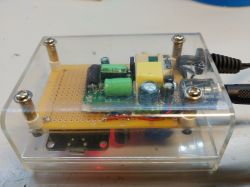
Dariusz Goliński wrote:There was no problem with the calibration.
futek2 wrote:The kWh energy is accrued incrementally and starts after each ESP reset.
futek2 wrote:Once again, I inform you that calibration is only necessary with potentiometers because I chose the middle of the ADC range
futek2 wrote:Regarding the reported problem
on intermittent loss of WIFI connection. Then I will try to divide the tasks into two processor cores. For one to handle WIFI and the other to read measurements and calculate them.
futek2 wrote:And as for the selected measurement range, the description is justified in one of the initial posts and it also follows from the diagram - reference voltage.
khoam wrote:So even after an accidental ESP reset, the history of measurements is lost, even in a truncated range?
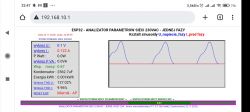
futek2 wrote:Hello.
Something is different because ARDUINO IDE uploads from 0x0000
It's a description
http://100-x-arduino.blogspot.com/2018/10/flash-esp32-jak.html
 ESP8266-soft -2.jpg
Download
(157.77 KB)
ESP8266-soft -2.jpg
Download
(157.77 KB)
 ESP8266-soft -1.jpg
Download
(122.27 KB)
ESP8266-soft -1.jpg
Download
(122.27 KB)
 ESP32_4MB.jpg
Download
(113.46 KB)
ESP32_4MB.jpg
Download
(113.46 KB)
 ESP32-soft -3.jpg
Download
(152.69 KB)
ESP32-soft -3.jpg
Download
(152.69 KB)
 ESP32-soft -2.jpg
Download
(162.85 KB)
ESP32-soft -2.jpg
Download
(162.85 KB)
 ESP32-soft -1.jpg
Download
(142.6 KB)
ESP32-soft -1.jpg
Download
(142.6 KB)
futek2 wrote:Hello.
I am replying to the last 3 posts in turn.
As for the sensors for measuring the current, they are available at a price of about PLN 27, they have become a bit more expensive. Because I checked and there is a lot in a different measurement range on a well-known auction site.
Natanoj wrote:See Allegro, with free shipping, e.g. the auction "Peaktech 7010 5 A 4 mm 2 pieces measuring grippers" - for PLN 40 14 g.I managed to buy a set of two UNI-T UT-C07 probes for just over PLN 50. This is a promotional price obtained through the use of coupons.
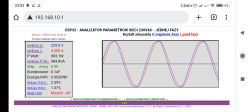
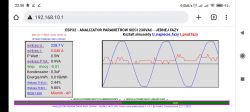
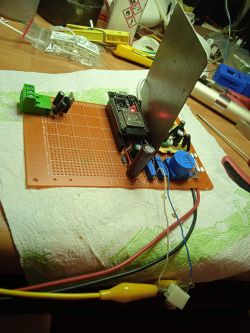
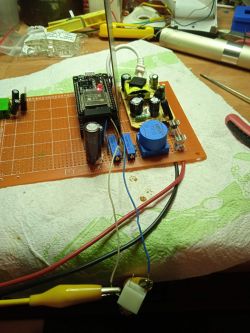
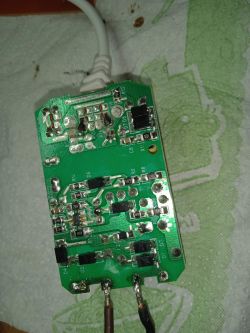
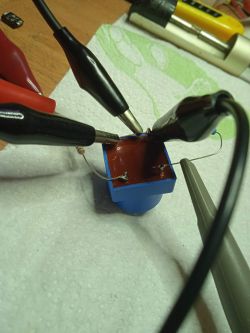
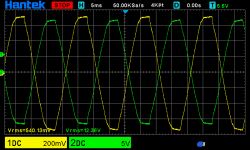
futek2 wrote:And how did you upload the software to ESP32 using one of the programs I described recently?
esptool